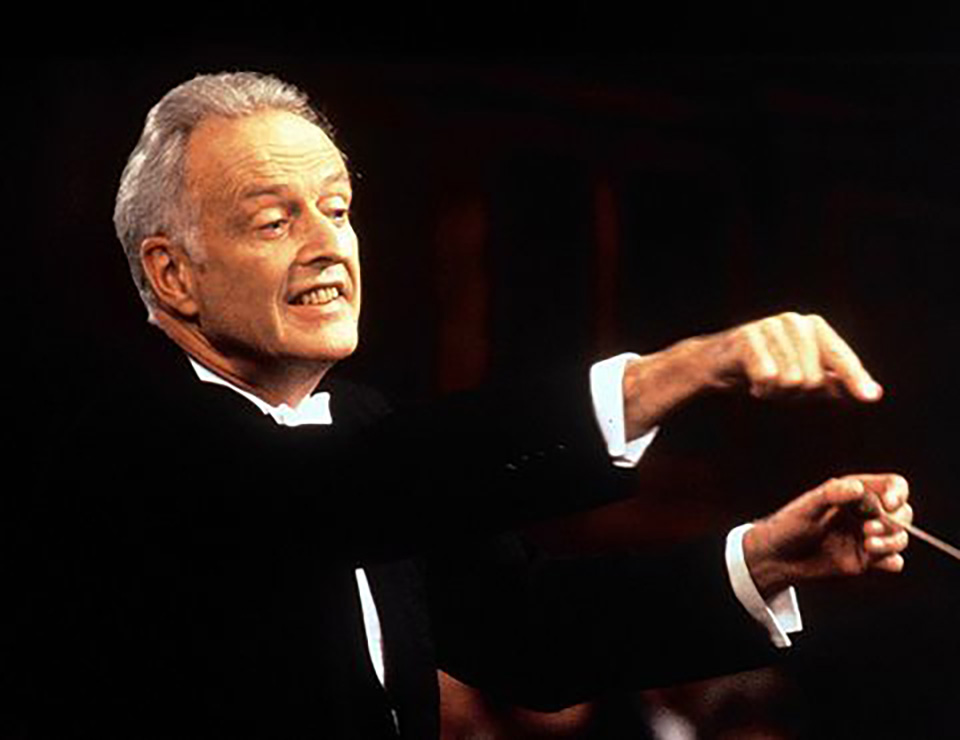
The locals have been using this curious expression “same-same” for a long time. I heard it when I first set foot here, thirty-five years ago and it had probably been around for much earlier. If it were simply a literal translation of the Thai, I could understand, but it isn’t. I suppose it’s a kind of pidgin, a curious style of language which my faded dictionary describes as “a grammatically simplified means of communication that develops between people without a common language.” Now here’s an interesting thing, do you know the origin of the word “pidgin”? No, I thought not. And neither did I until this morning, when I discovered that the word dates from around 1855 and comes from the Chinese pronunciation of the word “business”. Who would have guessed?
All this comes to mind because I want to tell you about two fascinating pieces that share a similar title but have virtually nothing in common. They are both waltzes. Now I’ll be the first to admit that I’m not much good at dancing. Not much good at all. To be more precise,I am completely useless. If you asked me to do a tango, I’d have a better luck flying to Argentina on the back of a goose.
Dancing has been around for a long time. Nobody knows exactly when, but science writer Eva Frederick claims that “the natural impulse to dance may have existed in early primates before they evolved into humans”.The word “dance” implies rhythmic movement, rather than merely jumping around the scare away predators. Since the earliest times of human existence, far before the creation of first modern civilizations, dance served as an irreplaceable way of expressing human thought and emotion. Although early dance might have existed without musical accompaniment, it’s difficult to imagine it without music.For the last couple of millennia music and dance have become inextricably linked.
It wasn’t until the late sixteenth century that an increasing amount of dance music was notated. Huge collections were produced,notably by prolific composers like Michael Praetorius, Tielman Susato and Pierre Phalèse. During the seventeenth and eighteenth centuries, dance music of all forms flowed from the pens of many composers, including some distinguished ones like Bach, Handel, and Georg Philipp Telemann who wrote suites of dances, not actually for dancing but as courtly entertainment.
This waltz is a fine example of Ravel’s sophisticated use of musical ideas and brilliant orchestration. It’s a rather unsettling work and is actually several waltz melodies combined. Hedescribedthe workas a “choreographic poem for orchestra”. Ravel started writing it in 1919 and it was first performed on 12 December 1920 in Paris. It was originally intended to be a ballet but these days it’s usually performed as a stand-alone concert piece. Although there are unmistakable echoes of the nineteenth century, this powerful work couldn’t be more removed from the waltz melodies of Strauss Family that were so popular in Vienna. Ravel’s waltzsometimes feels more like a surrealistnightmare in a haunted ballroom. The piece beings quietly with ominous rumbling of double basses and cellos but gradually the tempo and intensity increase, fragments of tune appear and then swirling melodies emerge. You can even get an unsettling sense of foreboding organic growth within the music, as it hurls itself towards an almost terrifying conclusion.
Johann Strauss II (1825-1899): Frühlingsstimmen Waltz (Voices of Spring).Vienna Philharmonic Orchestra, cond. Carlos Kleiber (Duration: 06:49; Video: 480p)
If the Ravel waltz sounds unfamiliar, you’re sure to recognize this one because it’s one of the most well-known pieces in the classical repertoire. Composed in 1882, it was originally designed as a song for the coloratura soprano Bianca Bianchi who at the time was a distinguished member of the Vienna Court Opera Theatre. The song celebrates the coming of spring butover the years it has become more well-known as an orchestral piece. Like his father, Johann Strauss Junior had the ability to turn a relatively simple ballroom dance into a work of art. The beginning is unmistakable and followed by the gentle, swirling melody.
Recorded at the Vienna Philharmonic’s New Year Concert in 1989 and conducted by the incomparable Carlos Kleiber, you’re unlikely to hear a more authentic performance of the work. Kleiber takes the waltz at quite fast pace but just listen to how perfectly he brings “shape” to the music by slowing down the tempo and then gradually increasing it several times during the middle section. It’s a magical performance and might have you tempted to waltz around the room. But you know I can’t dance, so don’t ask me to join you.
To watch these YouTube videos, either use your Smartphone to read the QR codes or go to this article online, click on the “live” links and go direct to the videos. If you have a laptop, sound quality can be improved significantly by using headphones or external speakers.
 |
 |
 |





